Replanting Sarracenia seedings
mutant_hybrid
17 years ago
Related Stories
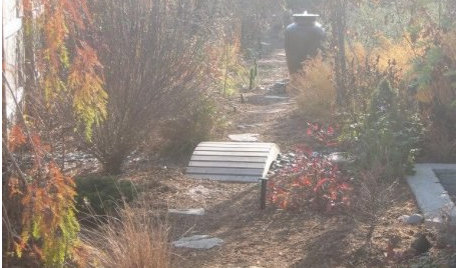
GARDENING GUIDESCentral Plains Gardener's November Checklist
Mulching, seeding, feeding — several small tasks to ensure a winter of activity, and a good spring start.
Full Story
GARDENING GUIDESHow to Prep Your Ground for a Healthy New Lawn
Seed or sod that falls on weedy, lumpy soil is a wasted effort. Follow these steps to ensure that your new lawn will thrive
Full Story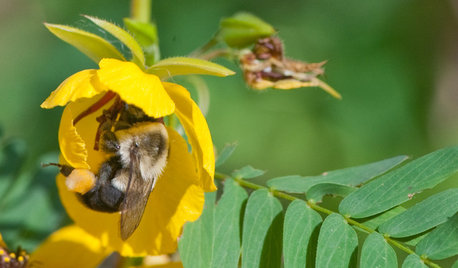
GARDENING GUIDESGreat Design Plant: Chamaecrista Fasciculata Brightens City Boulevards
Plant partridge pea in eastern U.S. gardens for its bright yellow flowers, lacy foliage and drought tolerance
Full Story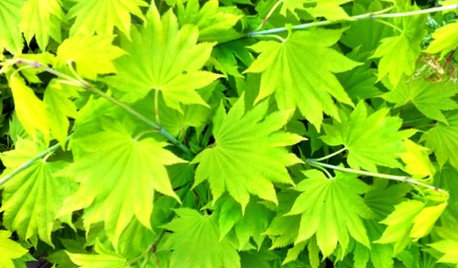
LIME FOLIAGE16 Stunners From an English Garden Center
Get the abundant, overflowing look of an English garden with these hardworking spring-blooming plants and flowers
Full Story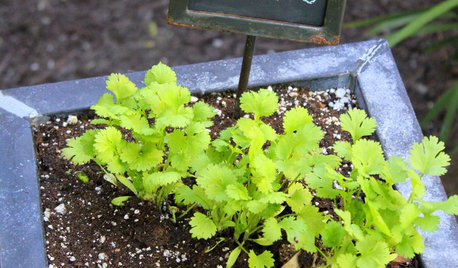
GARDENING GUIDESHerb Garden Essentials: Versatile Cilantro Adds Flavor to Herb Gardens
Love it or hate it, this cool-season herb contributes its unique flavor to any number or the world’s cuisines
Full Story
FARM YOUR YARDAdvice on Canyon Farming From L.A.'s Vegetable Whisperer
See how a screened garden house and raised beds help an edible garden in a Los Angeles canyon thrive
Full Story
GARDENING GUIDESBackyard Birds: How to Care for American Goldfinches
The American goldfinch is a bright-in-the-summer visitor and one of the only vegetarian songbirds. Here's how to give them a healthy habitat
Full Story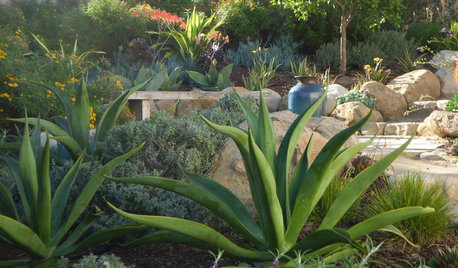
GARDENING GUIDESDecorate the Landscape With Versatile Agave
Beautiful, succulent leaves reach toward the sky, adding texture and beauty to the drought-tolerant landscape
Full Story
GARDENING FOR BIRDSFeed the Birds: 6 Plants for Abundant Winter Berries
Be kind to your fair feathered friends during lean food times by planting a shrub or tree loaded with nutritious snacks
Full Story
GARDENING GUIDESHerb Garden Essentials: Grow Your Own Delicious Mint
Pull out a pot for this one. Mint's spreading habit and hard-to-kill nature can be a blessing — if you're properly prepared
Full Story





petiolaris
mutant_hybridOriginal Author
Related Professionals
Middletown Landscape Contractors · Salem Landscape Contractors · Arlington Landscape Contractors · Bristol Landscape Contractors · Cary Landscape Contractors · Golden Gate Landscape Contractors · Lebanon Landscape Contractors · Medford Landscape Contractors · Melrose Park Landscape Contractors · Pahrump Landscape Contractors · Camp Springs Landscape Contractors · Chesapeake Ranch Estates Stone, Pavers & Concrete · Folsom Swimming Pool Builders · Missouri City Swimming Pool Builders · Mount Pleasant Swimming Pool Builderswoodnative
mutant_hybridOriginal Author
Alyss
petiolaris
mutant_hybridOriginal Author
Alyss
mutant_hybridOriginal Author